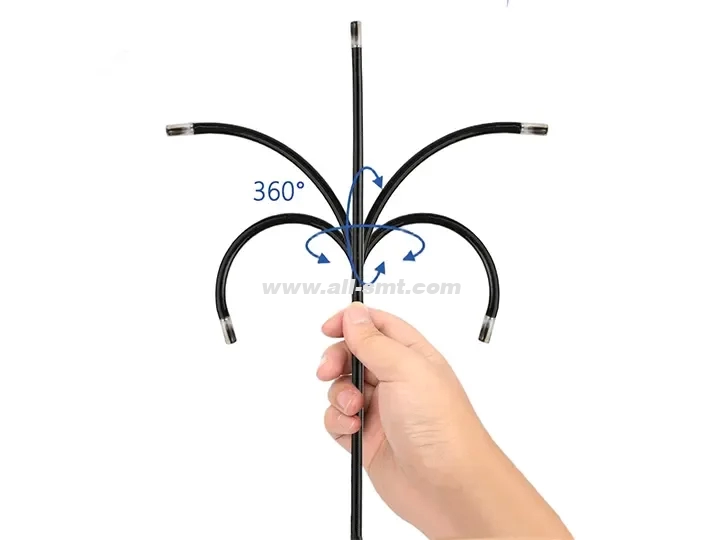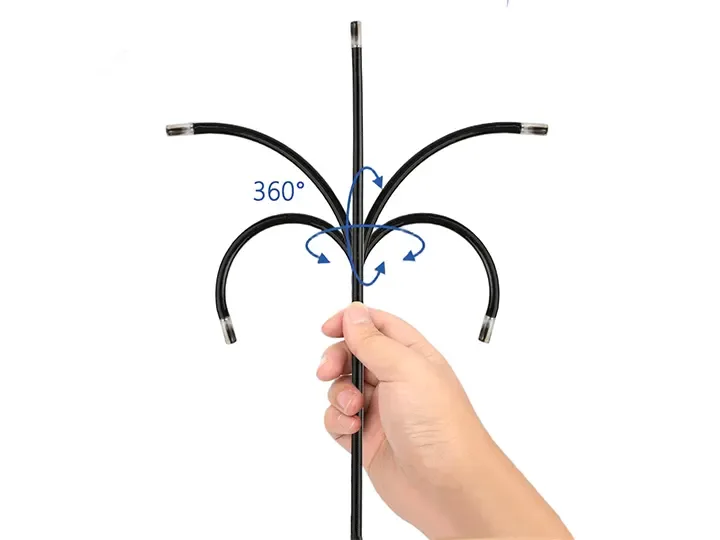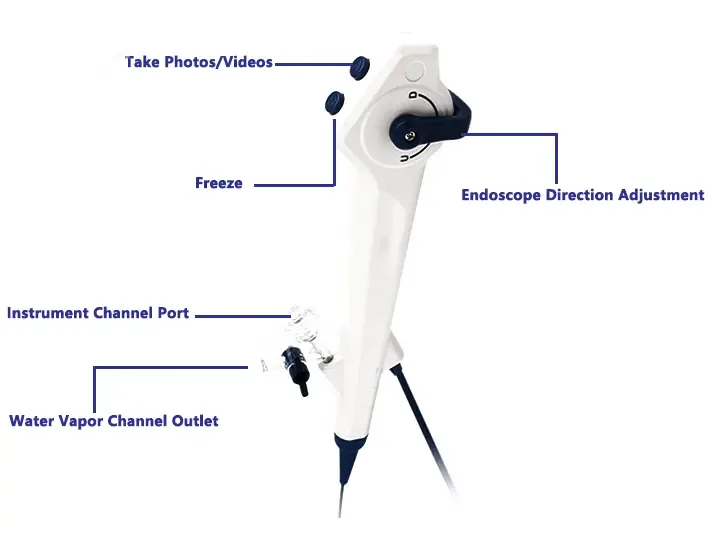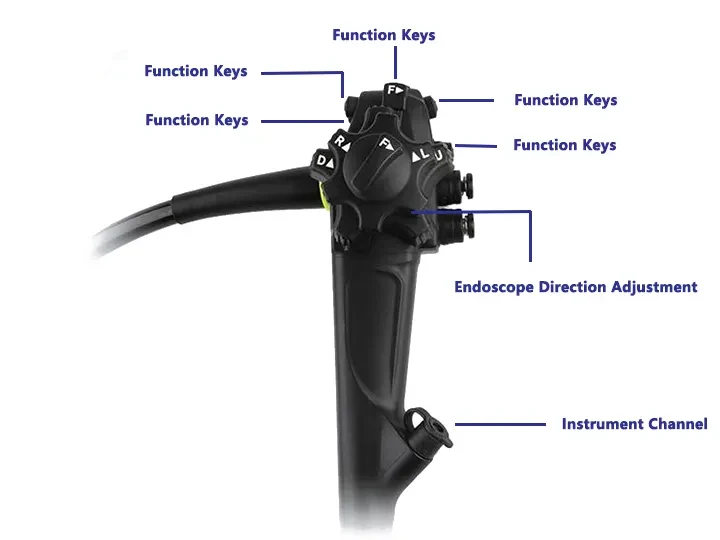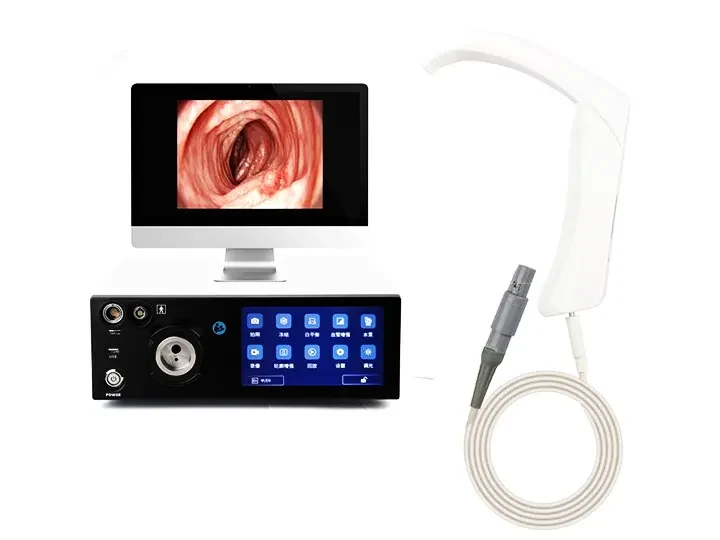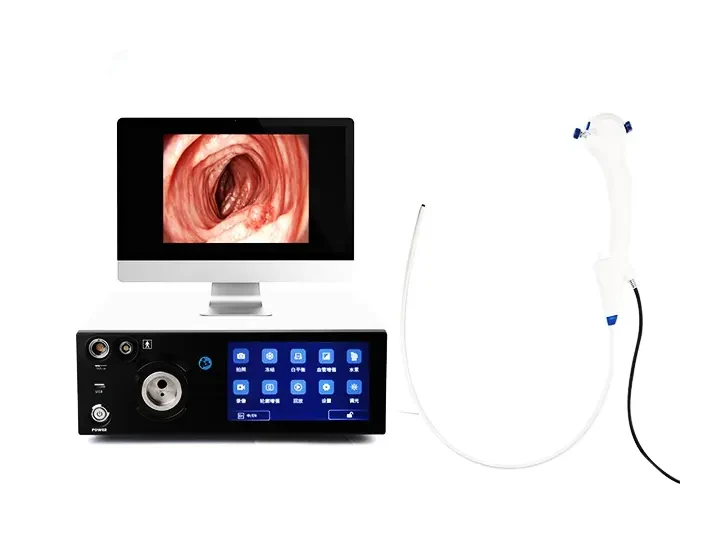Introduction to the "mirror" principle and function of medical endoscopes
1. Core principle
The "mirror" of an endoscope mainly refers to its optical imaging system, which is divided into two main methods:
Optical mirror (hard mirror): using a cylindrical lens group or prism reflection, the light is directly transmitted to the eyepiece or camera (such as laparoscope, arthroscope) through a physical lens.
Electronic mirror (soft mirror): a micro CMOS/CCD sensor is installed at the front end to convert the optical signal into an electrical signal, which is then transmitted to the display through a cable (such as a gastroscope, colonoscope).
Auxiliary system:
Illumination: cold light source (such as LED/xenon lamp) is transmitted through optical fiber to illuminate the observation area.
Channel design: instruments (biopsy forceps, laser optical fiber) can be inserted or water/gas injection can be used for auxiliary inspection.
2. Core function
Observation: high-definition imaging, directly viewing the lesions (inflammation, tumors, etc.) of organs in the body (such as stomach, intestines, bladder, etc.).
Diagnosis: cooperate with biopsy sampling for pathological analysis.
Treatment: Perform minimally invasive surgery (such as polypectomy, hemostasis, stone removal).
3. Typical applications
Gastroscopy/colonoscopy (electronic endoscope) → Check the digestive tract.
Laparoscopy (hard endoscope) → Minimally invasive surgery (such as cholecystectomy).
Bronchoscopy (flexible endoscope) → Check the lungs.
Advantages: Minimally invasive, precise, real-time operation, greatly reducing patient trauma
